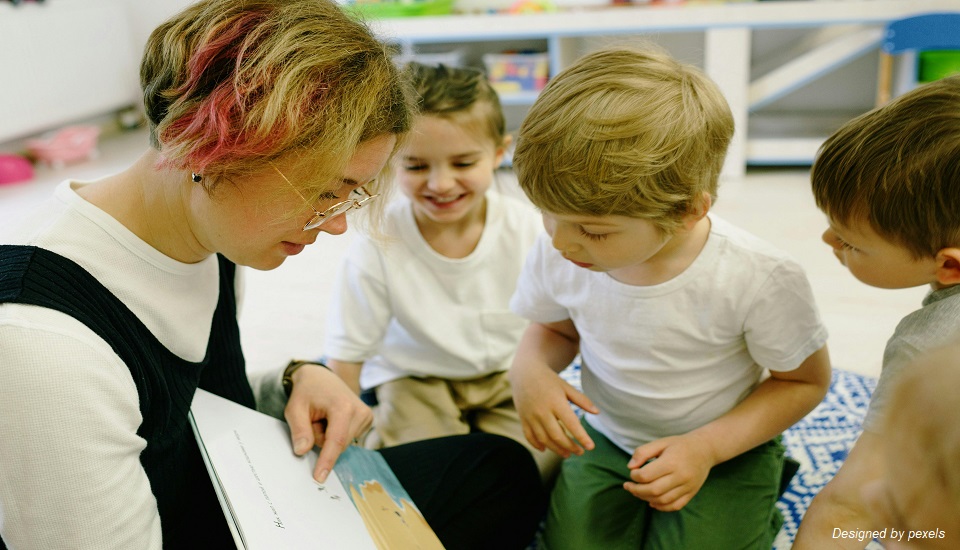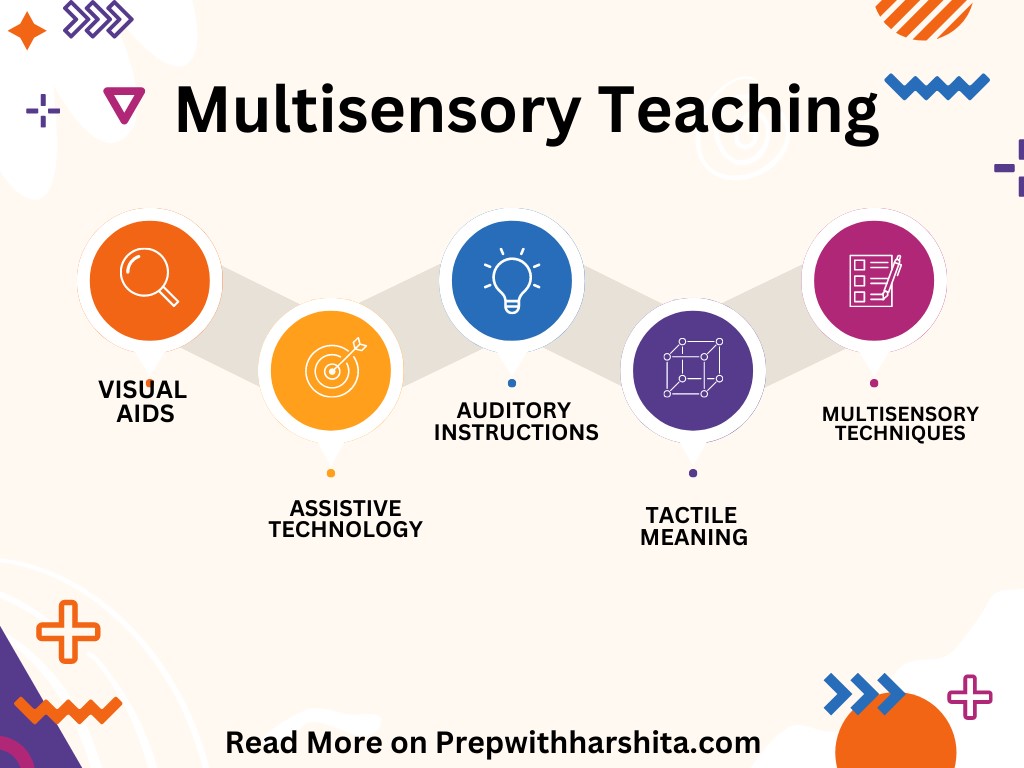Teach Children How To Read: 4 Multisensory Activities To Approach Comprehension
25th September 2024

One of the best ways to explore and discover new things is to read stories. It can be a lot of fun and interesting. However, kids who struggle with reading might not be able to understand books effectively, which makes them less likely to like reading. It has been demonstrated that including multisensory approaches to reading instruction makes learning more tangible and pleasurable. Read on for more.
What Is Multisensory Learning?
Using the neurobiology of learning to create courses that involve two or more senses is the definition of multisensory learning. While most teachers incorporate multimedia into their assignments, multimodal learning can also involve things that are tactile, olfactory, or taste-related. Students can benefit from activities that strengthen their memory of how to accomplish tasks as long as they use different parts of their brains.

Differentiated reading instruction is beneficial for literacy in particular, as literacy is an innately multimodal ability. This is because reading entails both word recognition in writing and letter sound translation. Multisensory learning may teach struggling readers—especially those with dyslexia—how to use all of their senses and play to their strengths while reading a book. Multisensory learning can be used in the classroom or for remedial tasks to assist all students improve or honing their reading abilities.
4 Multisensory Techniques To Teach Reading
These are some illustrations of multisensory strategies that can benefit all children, particularly those who have difficulty reading:
1. Crafting The Story: Sense Of Touch
Readers may understand a tale more fully if they can picture the scenes as the narrative develops. Try identifying the story's elements with the kid, such as the setting, characters, and plot points, and then use craft supplies to create these elements.
The words in the books may come to life with the story being reenacted with the props made, giving the kids a more memorable experience and comprehension of the tale.
2. Cooking Food From The Story: Sense Of Taste And Smell
Food and beverages are frequently mentioned in tales. Children can become more fully immersed in the story by making edible versions of the foods and beverages in the tale and indulging in them while reading the book. Food is a great conversation starter since you can learn a lot about a character from their eating habits!
3. Listening To The Story: Sense Of Hearing
A narrative may make more sense to a child when they hear it told. Although audiobooks are now readily accessible, reading to the child can still have the same impact if you do not have access to them.
Ask questions to check the child's understanding as the narrative goes on. Posing these queries also stimulates the child's imagination and creativity by getting them to consider the narrative and its characters more deeply.
4. Watch The Movie Adaptation Of The Story: Sense Of Sight
Numerous best-selling books have been adapted for the cinema. Children can view the book's movie adaptation after reading the book to have a clearer picture of the characters and the environment.
To help with understanding, ask the youngster if they saw anything in the two tellings of the same tale that was different or similar.
Boost Student Engagement With Multisensory Learning
Youngsters who struggle with reading might not be as motivated to develop a reading habit. As was previously said, there are many methods to create enjoyable and memorable reading experiences by including sensory activities in the reading process. As educators, if you have pursued the Online Learning Disabilities Course for Teachers, you are aware that it is difficult to engage students with reading difficulties. Thus, with these strategies you can build their interest in reading while making them independent readers.
We believe education should be accessible for everyone. That’s why we don’t charge for our blogs. Find the right course that will help you in your career with us, contact us at - 91-6292150868. You can mail us at act@asiancollegeofteachers.com

